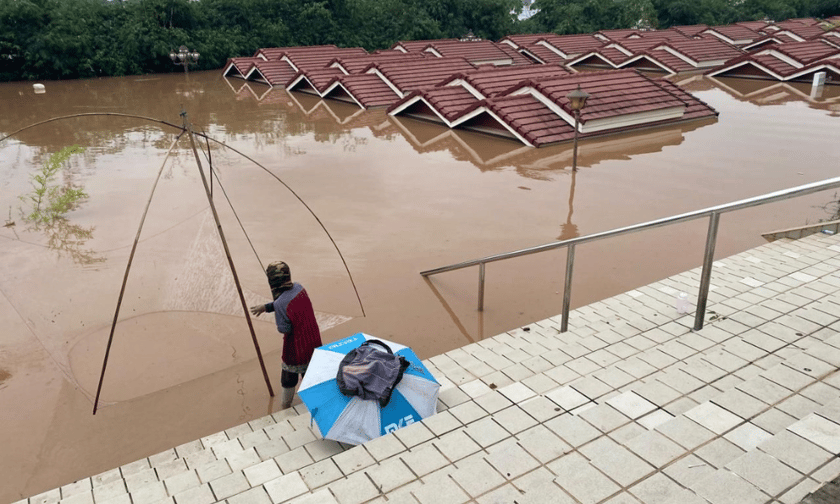

Singapore-headquartered general insurer SEADRIF Insurance Company has issued a total payout of $3 million to Lao PDR following extensive flooding caused by Typhoon Yagi.
This sum includes a second disbursement of $2.25 million made on Sept. 30, just days after an initial payment of $750,000 was released to the Lao PDR Ministry of Finance.
Typhoon Yagi brought significant disruption across 15 provinces, including Vientiane Capital, Borikhamxay, Khammuan, and Luang Prabang. The severe flooding affected more than 185,000 people, causing widespread damage to infrastructure such as roads, schools, and healthcare facilities.
SEADRIF conveyed its condolences to the government of Lao PDR for the loss of lives and property. It also expressed sympathy for other nations in the region, including Vietnam, Myanmar, and the Philippines, which were impacted by the storm.
SEADRIF said the payouts are designed to support Lao PDR’s recovery efforts, enabling the government to implement pre-planned emergency response measures, restore critical services, and deliver relief to affected communities.
These efforts are carried out in accordance with SEADRIF’s Environmental and Social Management System (ESMS) and the World Bank’s Environmental and Social Framework (ESF).
See LinkedIn post here.
In early 2024, SEADRIF renewed its parametric insurance policy with Lao PDR’s Ministry of Finance, which is tailored to provide financial protection against flood risks.
This payout is part of the ongoing coverage and follows a $1.5 million payout made in August 2023 in response to similar flooding incidents.
The SEADRIF initiative is supported by the governments of Japan and Singapore, alongside private partners such as JBA and GallagherRe.
The company continues to collaborate with ASEAN+3 nations to offer financial solutions aimed at mitigating the economic impacts of climate-related disasters.
In a related development, a global study conducted by Fathom, published in Water Resources Research, predicts a substantial rise in flood risks due to climate change.
The study assessed both inland and coastal flood hazards under different emissions scenarios, projecting risk increases through the years 2050 and 2100.
In the optimistic low-emissions scenario, flood risks are expected to rise by a median of 9% by 2100. Under the high-emissions scenario, the projected increase jumps to 49%, with certain regions – particularly coastal areas in Asia and Africa – expected to see the most significant impacts.
Despite advancements in flood modelling, the study highlighted challenges related to data gaps and uncertainties in climate forecasting. However, the models have made considerable strides in accurately predicting population exposure and asset risk, providing valuable insights for future flood defence planning.
